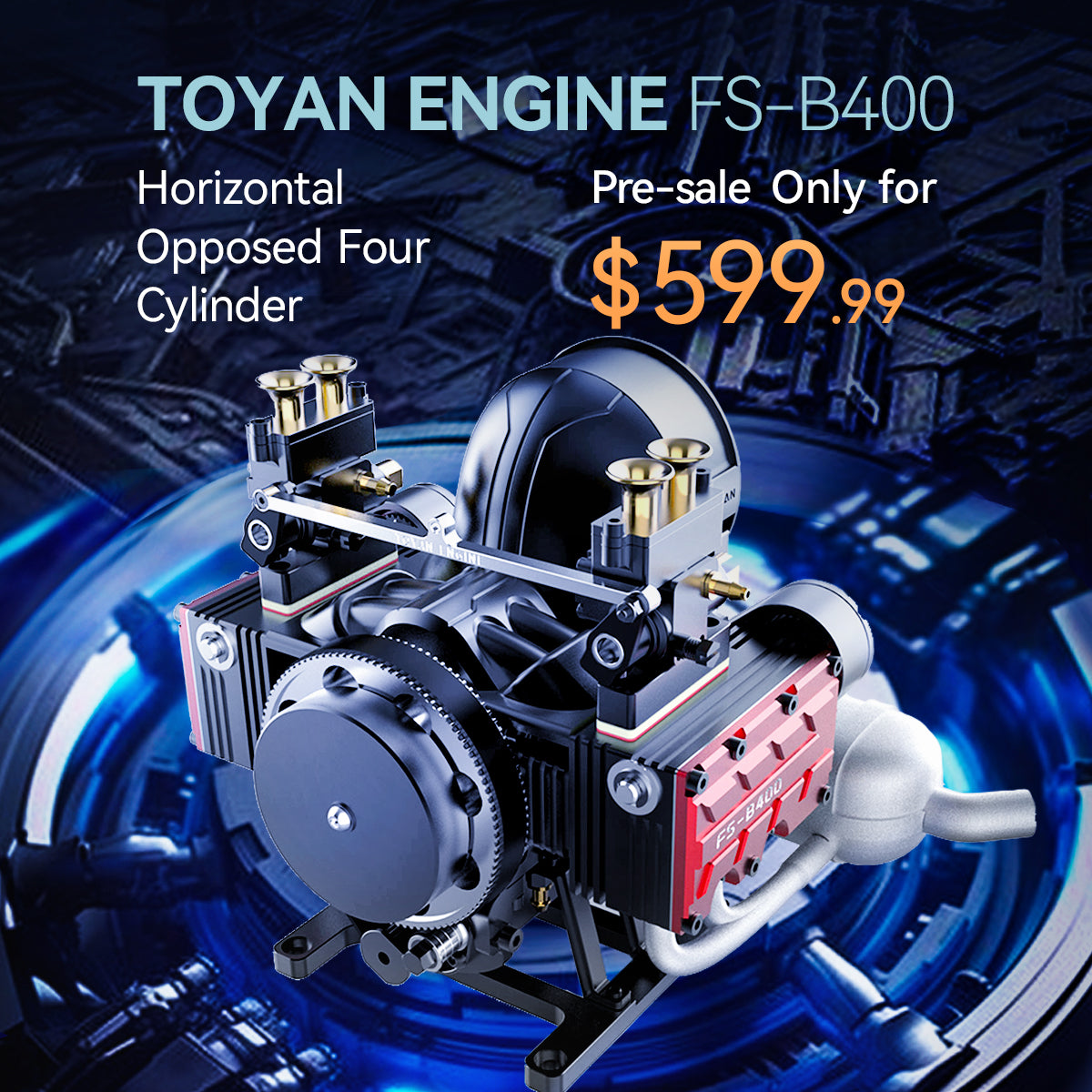
Horizontally opposed vs V 180° engine? | EngineDIY
When they see this title, many of their friends will think for a while and then say slyly, "Isn't 180° horizontal?"
Not really. In fact, horizontally opposed engines and V-type 180 ° angle engine is often confused by many car enthusiasts and friends, the reason for this, on the one hand, is that 180 ° is indeed the level of the state, it is very easy for people to confuse; on the other hand, the reason is the most important reason, is that the V-type 180 ° engine in the production of the car has been unable to find a trace of them, they are basically concentrated in the 1970s and 1980s, the time of the great glory in the 20th century. The V 180° engines are no longer found in production cars, as they were mainly used in the 1970s and 1980s. Since then, these V-type 180° engines have been gradually replaced by smaller V-type engines or by more powerful horizontally opposed engines.
So what's the difference between a horizontally opposed engine and a V-type 180° angle engine? Simply put, the difference between them can be categorized into two points:
First, the internal structure of the engine is different;
Second, the two engines are equipped with different models.
Let's look at the first point, how they are structurally different from each other. Each piston connecting rod mechanism of a horizontally opposed engine is attached to its own independent crank pin, and its pistons always move in opposite directions, i.e., the neighboring opposite pistons always move in opposite directions. When the left piston moves to the right, the adjacent opposite piston will move to the left. In this way, the horizontally opposed engine will dissolve the engine vibration through its own operating characteristics, so the mechanical structure of the horizontally opposed engine has already determined that it has very little vibration. Through the direction of the arrow in the following figure, you can clearly see the movement of the pistons of the horizontally opposed engine.
The structural difference between the 180° angle V-type engine and the horizontally opposed engine is that the crank pin of the 180° angle V-type engine is shared by the two neighboring piston connecting rod mechanism, so that the direction of motion of the 180° angle V-type engine's neighboring opposing pistons is always in the same direction, that is to say, when the left piston is moving to the left, the opposing neighboring piston will also move to the left. You can observe the law of motion of the V-type 180° angle engine by the direction of the arrow in the following figure.
So we can simply summarize, horizontally opposed six-cylinder engine, its crankshaft must have six crankshaft pins for six connecting rod mechanism, while the 180 ° angle V-type engine will have only three crank pins, because every two opposite neighboring connecting rod mechanism will share a crank pin.
If your friends are not particularly clear about the operating rules of these two engines, you can visualize the difference between them in operation through the following diagram. In the figure, the upper part shows the law of motion of the horizontally opposed engine, and the lower part shows the law of motion of the 180° angle V engine.
Next we explain the second point and look at the differences in the models they are used in. Horizontally opposed engines are now used across the board in all Subaru models and most Porsche models, as well as in BMW motorcycles, so all in all, the majority of horizontally opposed engines are civilian engines. The V-type 180° angle engine, on the other hand, was at its inception only used in racing cars, such as the Ferrari 1512 F1 car and the Porsche 917 Le Mans car.
However, in terms of displacement, they are worlds apart, Ferrari's 180° angle V-12 engine displacement is only 1.5L, while Porsche 917's 180° angle V12 engine has a full 4.5L, and later for the pursuit of higher power output expansion to 5.0L. Of course, Ferrari did not stop the engine for crazy expansion, and later, this angle 180° racing engine also laid a solid foundation for Ferrari's future civilian sports cars equipped with V-type 180° angle 12-cylinder engine. Later on, the 180° racing engine also laid a solid foundation for Ferrari's future civilian sports cars equipped with V-type 180° clamp angle 12-cylinder engine.

So why was the 180° angle V engine abandoned?
This is because the 180 ° angle of the V12 engine because the volume is too long can not lie flat at the bottom of the vehicle, if so, will inevitably lead to lengthening of the body makes the vehicle sports performance is limited, so this engine is often arranged in the rear suspension directly above, but this way it loses the advantage of the low center of gravity, so Ferrari decided to switch to the bottom of the engine occupies less space, the angle is also smaller V12 engine. In this way, the vehicle also has enough space to arrange the suspension, and the width of the body does not have to be too wide to accommodate the engine, thus affecting the aerodynamic design of the vehicle, and from then on, the 180 ° angle V-engine was completely abandoned by Ferrari.

After reading the above, I believe that your friends have been able to clearly distinguish the difference between horizontally opposed engines and V-type 180 ° angle engine. Although they are very much like each other, but in essence is not the same class, and this type of engine out of the historical stage although there are shortcomings, but also the inevitable result of technological development.








Leave a comment